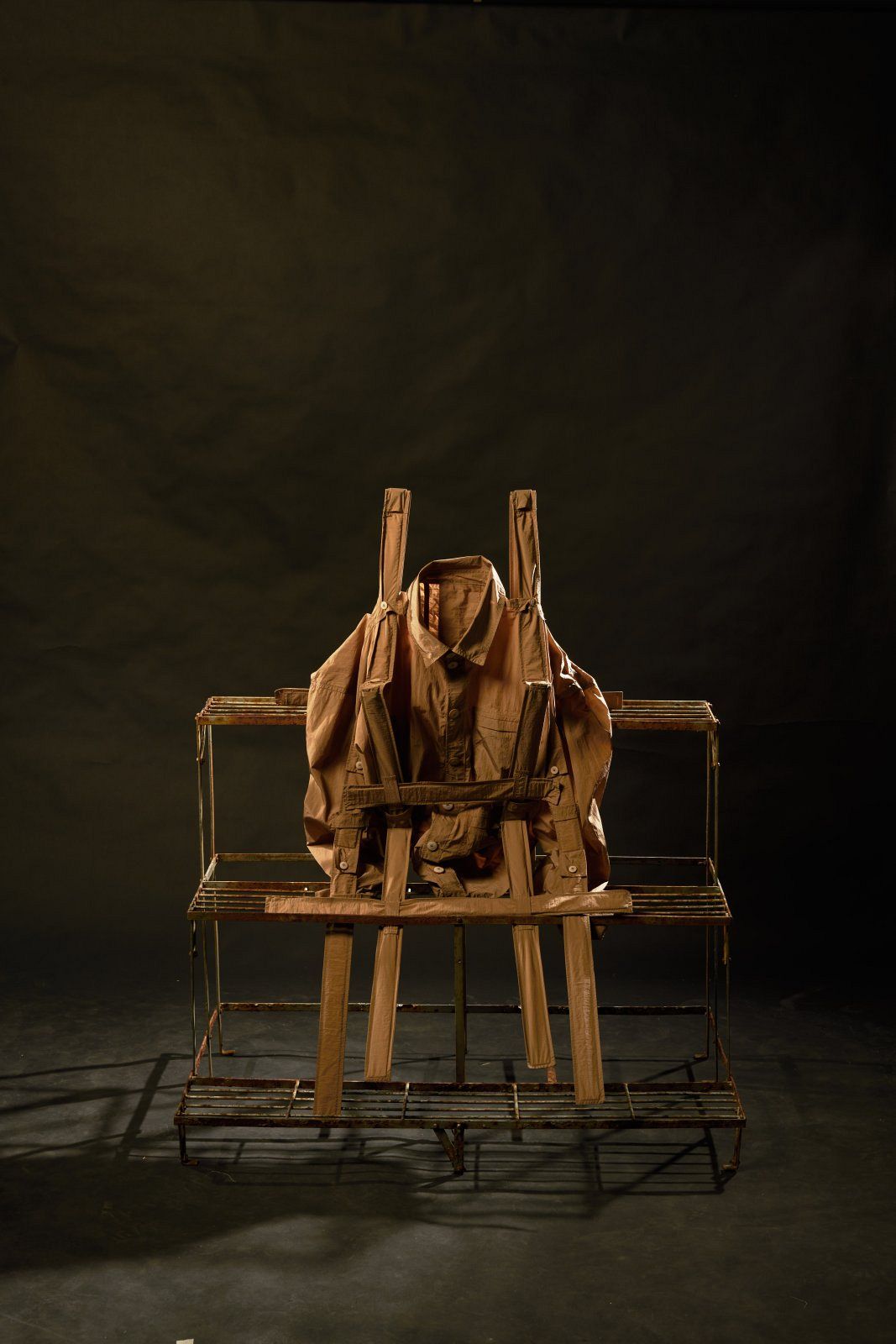
Stef Reijnierse
Keywords: Object, Garment, Wabisabi
Internship: Jan-Jan van Essche
Garments should be viewed the same way one looks at every day objects, which cary more than just temporary value. My philosophy is approaching the design process as an industrial designer, where function and form are equally important. In this way, sustainability also takes on a new dimension, beyond what is portrayed in the mainstream. Rather, timelessness in design, form and construction create an ongoing relationship with the user, extending the life value of a garment.
GRADUATION PROJECT
What is the purpose of design?
Good design should be useful within the specific conditions – it is meant to serve. Good design should last the test of time in durability and style. Most importantly today, good design should be environmentally friendly.
As a designer this is exactly what drives me: defining the parameters and values that guide my own work. These may at times contradict conventional wisdom in the fashion design sphere. These rules are at times borrowed from other disciplines, such as industrial design but also stem from common sense and human interaction. Design should not be dismissive and purposeless. Good design should prioritize aesthetics alongside function.
The influences that generate my aesthetic point of view come from a personal fascination for vintage military clothing, workwear and technical clothing used for extreme sports. After having a life long fascination with the sea and surfing myself, I have come to the belief that everything comes and goes, but you may never forget to appreciate the time you had. This, in addition to the referencing point of workwear and military wear, creates a product and design that lasts time and should be repaired over and over again. This approach focuses on the bond you create with an object, which builds up over time with repeated use, extending its lifetime value.
In this current collection I aim to lengthen the lifespan of clothing and showcase new appreciation for garments, by combining the qualities of clothing with those of objects. The garments are constructed using industrial materials like fiberglass, metal and carbon fiber. These structures are entirely removable.
As a result, each piece can be worn both as traditional garments, but the same pieces can evolve into objects. They can be hung up on walls as art objects and maintain their own presence, in the absence of a human body that serves as a canvas. It is a dialogue between the human body and the space surrounding it.What do we choose to put on the body and how does this define our space? How do the objects that we use relate to the rest of the environment?
Moreover, wearing the clothing with the structure inside makes movement difficult, and substantially decreases natural range of motion, creating a unique feeling of spatial awareness, conferred by the new exoskeleton. When the structure is removed however, there is new appreciation for clothing that is returned to its original fluid state and fulfills its purpose without restricting.